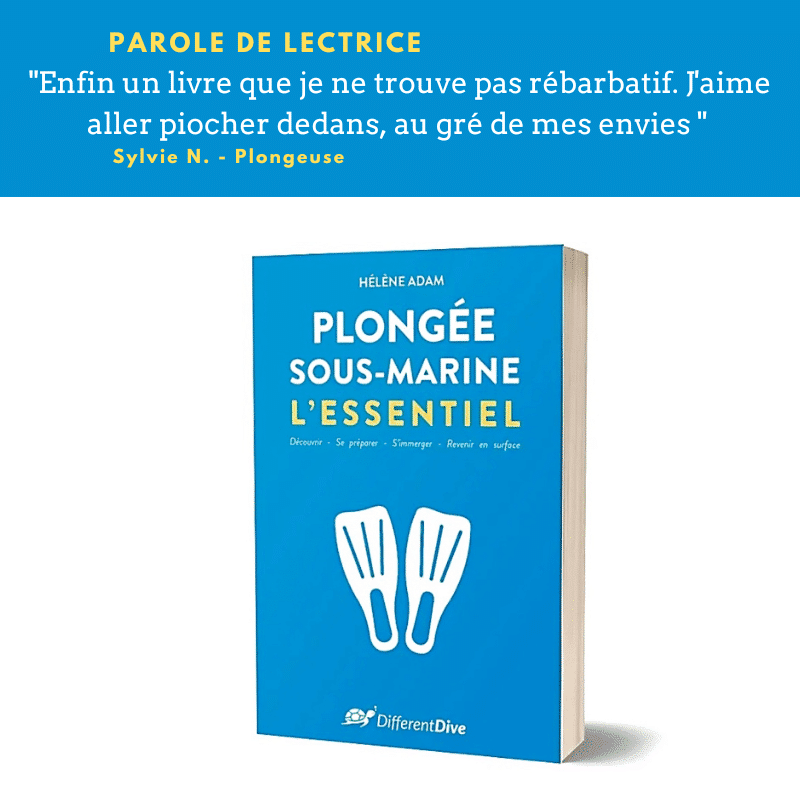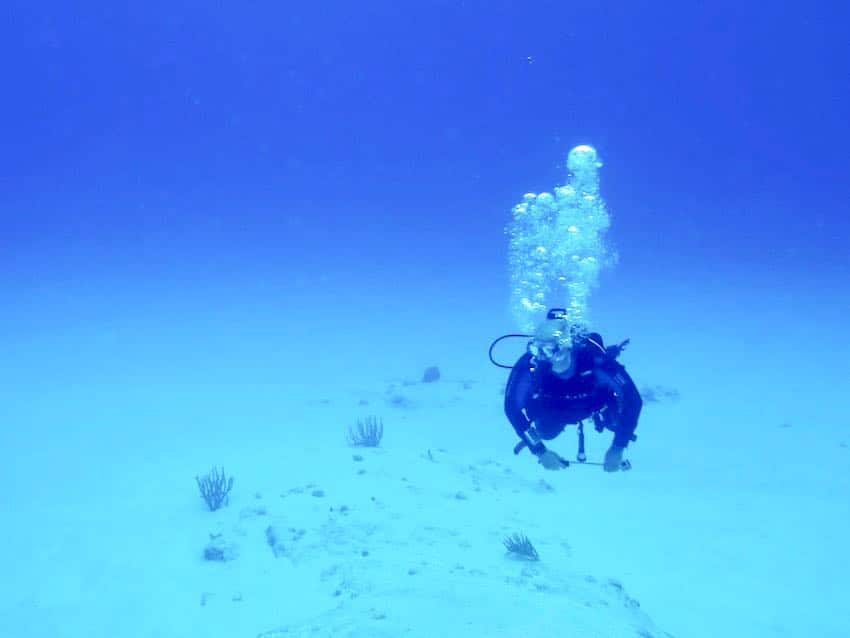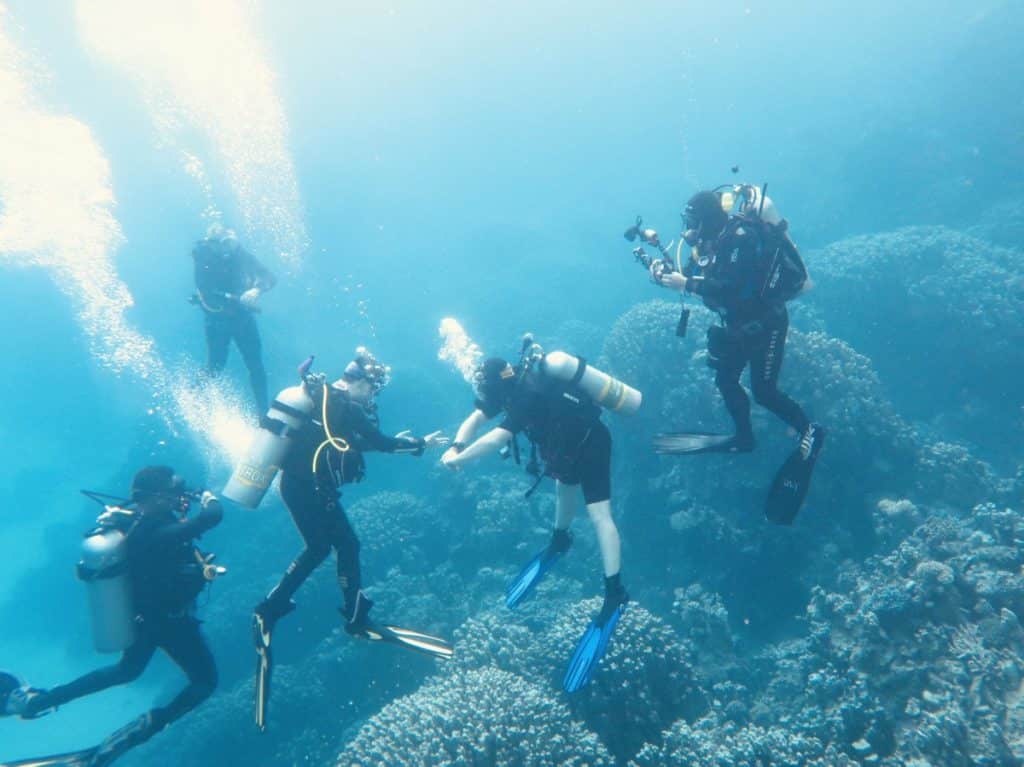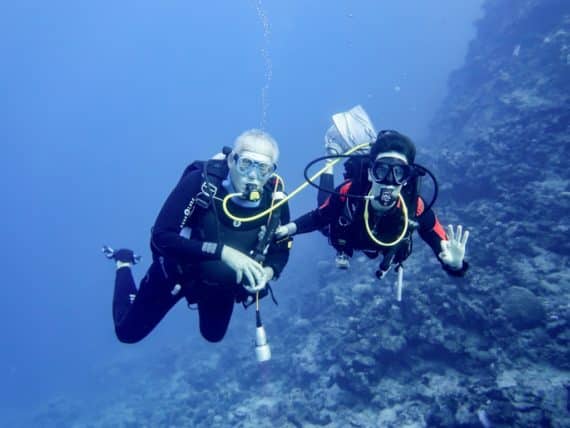Patent foramen ovale and scuba diving : 3 tips
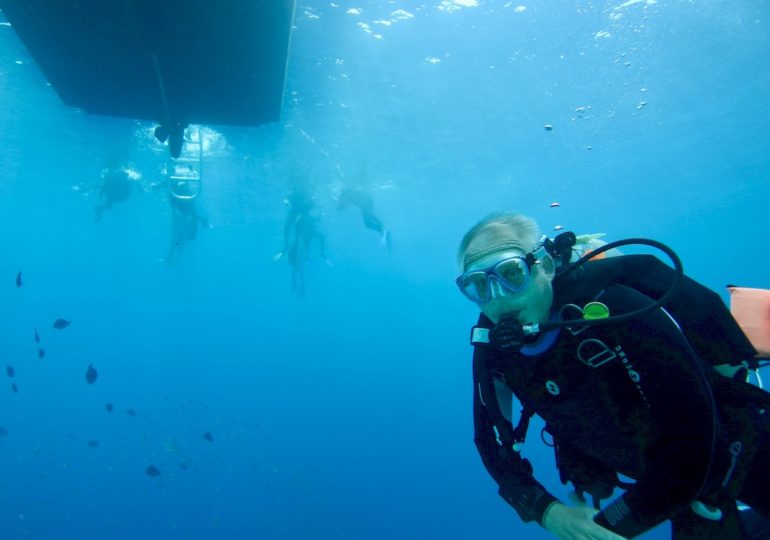
Patent foramen ovale and diving safely
We often hear about patent foramen ovale (PFO). Potentially sneaky and silent responsible of some diving accidents. It is yet present in about a third of people according to my cardiologist.
If the search for a PFO is not performed before diving, it is often by chance or more painfully in the wake of a decompression sickness that it will be discovered.
When I started diving, this question of the patent foramen ovale intrigued me. Today, Didier, my partner has a PFO. And yet, he has dived for 25 years and on a very regular basis.
Here’s why
What is the patent foramen ovale ?
We must understand that before birth, the heart works very differently. Indeed, there is no connection with the respiratory system. The wall between the left atrium and the right atrium is permeable. It is only at birth that this wall closes, leaving no room for the blood to pass from one atrium to the other. As a result, the so called “blue” blood and the “red” blood are not in contact at this point anymore.
However, there is about 25 to 30% of the population that have a different construction in the wall between the left and right atrium. In the rest of the population the partition is hermetically closed. For people with a PFO, this partition is permeable to a greater or lesser degree. This degree is expressed in “grade “.
The consequence of the PFO is that a part of the “blue” blood could return to the systemic circulation without going through the pulmonary filter.
This is the case when the chest or ribcage pressure increases. The pressure will allow the opening of the valve between the two atria.
Be careful because the pressure increase occurs especially when we cough, sneeze, defecate (yes). But also when you block your breathing while making an effort.
Is patent foramen ovale dangerous ?
For the non-diver, there are really no clear and firmly established consequences.
Just presumptions of increased risk of aneurysm, migraines etc …
However, for the diver, it’s quite different. It could be dangerous if a nitrogen bubble returns to the systemic circulation because of the permeability of the inter-auricular partition. The bubble will be directed towards smaller and smaller vessels. The risk of the bubble being blocked is real. This could cause decompression sickness.
Detecting a patent foramen ovale
If you are anxious about the subject and/or want to know if you have a PFO, your doctor will be best able to advise you on the examination to be performed or not.
There are several detection methods: Transesophageal echocardiography (TEE), transthoracic ultrasound, Carotid Doppler ultrasonography and Transcranial dopple (the latter two detecting the presence of bubbles without necessarily specifying where they come from).
However, the most accurate and reliable method is, according to my radiologist, to perform a TEE (Transesophageal echocardiography) which remains however an invasive and unpleasant examination.
How my partner discovered he had a PFO
Didier was found carrying a PFO by chance.
At the time, he participated as guinea pig to a DAN experiment in association with the hyperbaric service of the military hospital in Brussels. One of the examinations was to perform a transesophageal echocardiography to detect the patent foramen ovale.
Being positive, the examinations continued by brain scan and various neurological tests.
The result showed his positivity but without having decompression sickness. Brain analysis was normal and no neurological test were positive.
Diving with a patent foramen ovale
After a long discussion with Peter Germonpré, hyperbaric and emergency doctor at the military hospital of Neder-Over-Hembeek and head of this department, it was concluded that this patent foramen ovale should not stop him from diving. On the other hand, the way to dive had to be adapted.
Didier’s patent foramen ovale does not require any other actions than preventive actions.
For heavier cases of patent foramen ovale, a surgical operation exists to close the PFO and would seem to work well and be well supported by the patient, but … it remains a surgical procedure with the risks it entails.
Precautions to take for divers with PFO
The first precaution is to … respect the medical advice. Indeed, nothing replaces the opinion of the professional. No advice on the web should ever prevail on the advice of the specialist!
Once we are clear with this, we can make 3 recommendations:
1. Before diving :
- Avoid deep dives if they are not of interest other than the search for depth. The less saturated you are, the less risk you have of bubbles passing from one side to the other.
- Limit the number of dives (eg during a dive cruise) and avoid, if possible, successive dives.
- Prefer gases with as little nitrogen as possible (the NITROX is a great alternative for divers with a patent foramen ovale).
2. Behavior during the dive :
- Do not block your breath during or after a dive
- Choose slow ascent speeds and respect the decompression protocol of your computer.
- Do not do Valsalva when ascending.
- Do not make efforts.
3. After the dive :
- Do not make efforts
- Avoid pressure increase in the ribcage. For example, blocking your breath to get out of the water or carry your bottle in the trunk of your car. In this case it is better to expire while carrying things, or ask for help.
- Do not do free dive just after the dive
Of course, before, during and after the dive, follow all the other basic safety rules : hydration, rest, …
In conclusion, unless advised by your doctor, the patent foramen ovale will surely not be a formal contraindication to diving. On the other hand, it will require to adapt your diver’s behavior.
PFO, do you worry? Do you have one ? You don’t know at all?
Express yourself on this subject through a comment below, I would be happy to discuss about it with you.
And above all, do not forget to be happy
Helene
Did you like this article? THESE should also please you.



